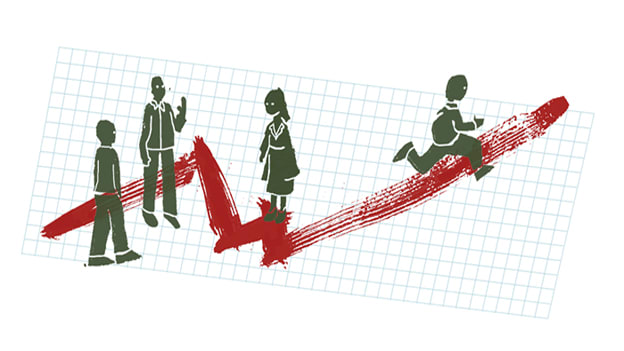The role of managers in uplifting performance through learning

Today, learning and development is being looked upon as a strategic driver of organizational performance. The concept is not new; Peter Senge had introduced the concept of “Learning Organization”, an organization which continuously transforms itself through member-learning. Today, Organizations are taking this one step ahead. They are treating learning beyond a mere means to build organizational capabilities and using it as a powerful tool to engage and retain employees. Employees too consider learning an important input for career growth and are demanding better personalization, content and engaging learning experiences. In accordance, learning and development roles and responsibilities are evolving, demanding greater participation from various stakeholders—managers, employees, leaders, learning partners, etc. One such important cog in the wheel is the line manager or employee supervisor. He or she is the strongest and closest link to the learning needs, styles and expectations of the employee.
The Role of the Modern Manager
The modern-day line manager plays a vital role in employee development. The manager-employee relationship is one that is based on trust and knowing each other, and this can be leveraged to maximize employees’ contribution. The ultimate objective of L&D is to gain business results. Here is the “5As framework” that outlines how line managers can contribute best to the organizational L&D agenda:
- Align learning goals with organizational strategy: As the connecting link between the employee and the organization, line managers must outline the learning objectives while keeping in mind their employees’ needs and the organizational objectives. They can begin by laying out learning goals and giving employees a clear direction to outperform.
- Anticipate success: The line manager is the best person to correlate learning inputs with performance outcomes. Every line manager must set learning expectations in terms of performance improvement. For this they must truly want team members to develop and succeed- this is a mindset change that line managers must cultivate, i.e., they must envision success along with the team.
- Create an alliance: The employee-manager dyad is a tight-knit one where the line manager understands team members best—their unique learning needs, learning expectations and learning roadblocks. Line managers must encourage and empower employees to learn in a personalized, always-on way. For this, they must generate a state of creative tension, i.e. a culture of continuous improvement within the team. Knowledge management, proactive assessment of learning needs, coaching and mentoring and learning discussions are ways of making learning available and accessible to the team. Line managers themselves must be visible and accessible if the employees need them and must make the best of the alliance to achieve organizational goals.
- Ensure application on the job: Research indicates that 85-90% of a person’s job knowledge is learned on the job and only 10-15% is learned through formal training events (Raybould, 2000).Line managers must create the opportunities for employees to apply learnings on the job. They must devise new projects, shadowing methods, new roles and responsibilities for team members to practically implement their learning. More importantly, it means a cultural acceptance of placing trust in the employee, accepting any mistakes at the outset and having faith that the employee will succeed.
- Drive accountability: Line managers must tie-in learning with performance and career discussions and monitor the achievement of learning goals. They must constantly analyze whether learning has translated to performance on the job and course-correct if required. Supervisors must give employees timely and objective feedback and recognize and celebrate successes to reinforce desirable outcomes.
How L&D can empower line managers
L&D strategy is often designed with the line manager at the fulcrum. However, mere design is not enough. Line managers and supervisors must be empowered to help them achieve the above objectives. Despite the decentralized shape that L&D is slowly taking, HR and L&D departments remain the core custodians of organizational learning and must empower line managers to help their employees learn and grow.
- Make learning KRAs and KPIs an integral part of the business.
- Involve line managers in learning needs analysis to gain true insights into the learning needs and styles of each unique employee.
- Involve line managers in designing the learning content especially for functional and business modules.
- Train line managers to spearhead learning discussions, learning assessments and coaching and mentoring interventions.
- Provide learning platforms based on the latest learning technologies like social learning, mobile learning, bite-sized learning modules, massive open online courses (MOOCs) etc. This will make learning available to line managers and employee anytime, anywhere.
Learning is no longer just the prerogative of HR and L&D; it has evolved into an organization-wide priority giving leaders sleepless nights. To become truly transformational, learning and development must be owned by the line managers, with the centers of excellence as the proponents of a learning culture.













